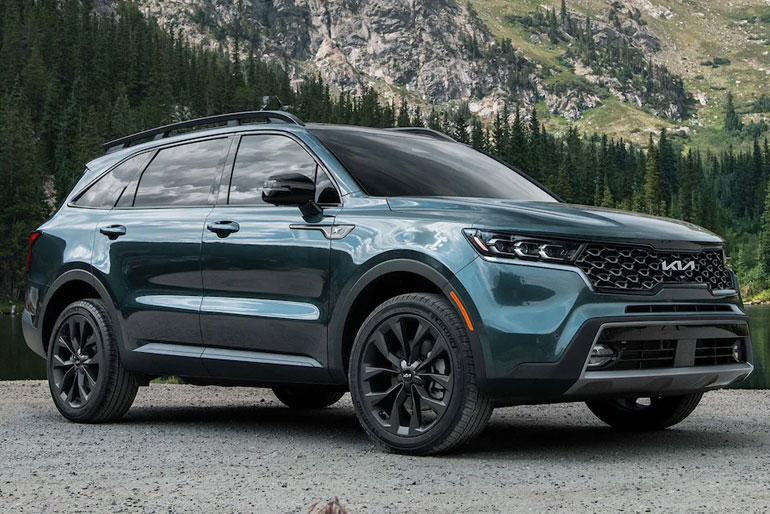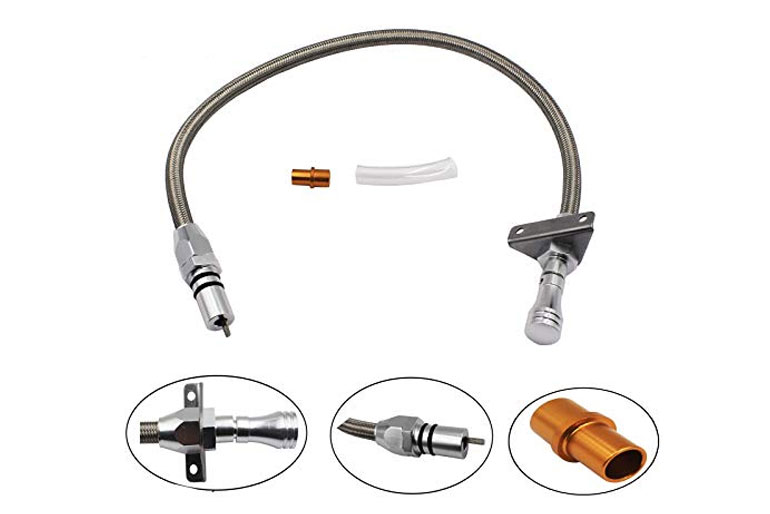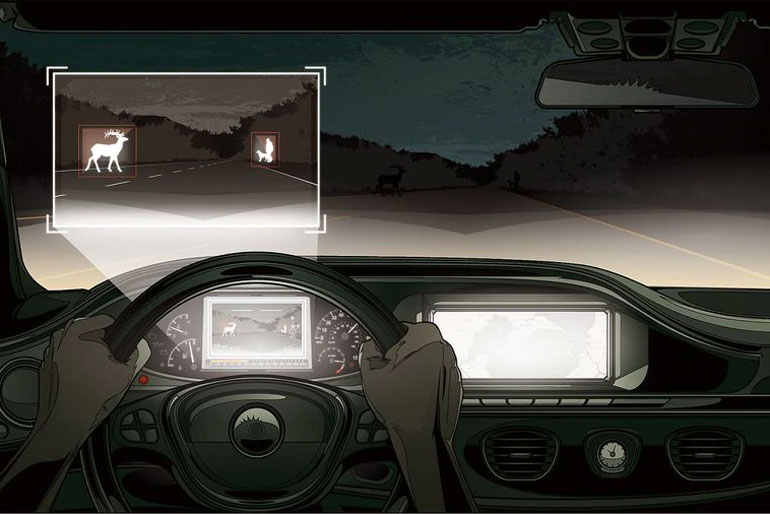There are many areas in North America where wild animals like deer, moose, cross the road regularly. You might be surprised to know that around million deer collisions happen in a year in the US alone, which results in 27,000 injuries and more than $3.5 billion worth damages to properties.
When you install an infrared deer detector for car, these collisions can be reduced to a great extent. According to transportation experts, these infrared detectors for cars can be made more effective by employing artificial intelligence. Here we take a look at the role of AI in an infrared deer detector for cars.
Artificial intelligence and Road Safety
Road safety is one of the main fields where artificial intelligence is applied. One of the crucial ways AI has contributed to road safety is through radar-based communication. This involves an algorithm that predicts when a person or an object is about to come in front of the car. Then, it sends a warning to the driver to stop.
Role of Artificial Intelligence in Infrared Deer Detectors
Modern cars feature high-end advanced night vision devices, and using an artificial intelligence system can be of great help to reduce wildlife-car collisions. The AI system can read infrared images and detect the distance between the car and the deer crossing the road. Based on the distance between the two, artificial intelligence can determine the level of danger and take remedial action.
For example, if the infrared sensor has detected a deer before 400 ft, it can alert the driver visually on the windshield heads-up display and also sound an audible warning, which gives the driver enough time to control the car and avoid a collision.
How Does It Work?
The infrared deer detector can detect heat signatures up to 3000 ft, and the AI system can easily identify the object based on the heat signature and warn the driver about a possible collision.
The accuracy of the whole system would depend on factors like detection accuracy, detection time, and system energy consumption. You need an AI-based infrared deer detector system that offers a higher detection rate and consumes less energy.
The Benefits of AI in Thermal Imaging
According to a study, a double—staged AI-powered system can detect animals accurately in 85% of the cases. The infrared detector increases the accuracy in detection as it works by detecting body heat signatures.
It allows the AI system to identify the animal crossing or standing by the road accurately. A large wild animal like moose, deer, will have a more prominent body heat signature that will allow the AI system to detect the type of animal approaching or crossing the road.
The infrared deer detector is also helpful in poor visibility road conditions that are prevalent at night, morning, or during the cold season. The high definition thermal night vision and the 384×288 thermal sensors have a range beyond 3000 ft, which is also higher than your car’s headlight. In simple words, the infrared detector can see what your naked eyes won’t see coming.
There is no doubt the infrared deer detector for cars can be a useful device to prevent collisions with wild-life that cost you dearly. The combination of AI with the infrared deer detector increases its effectiveness manifold.







